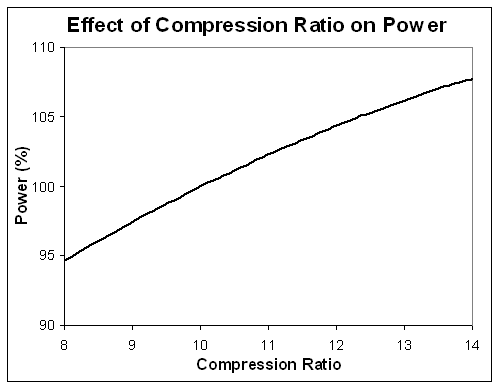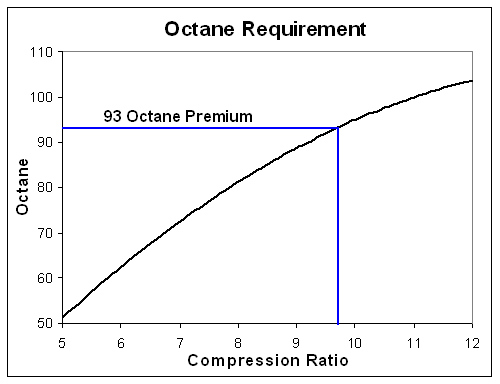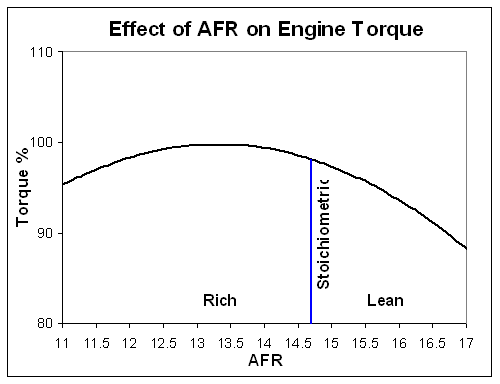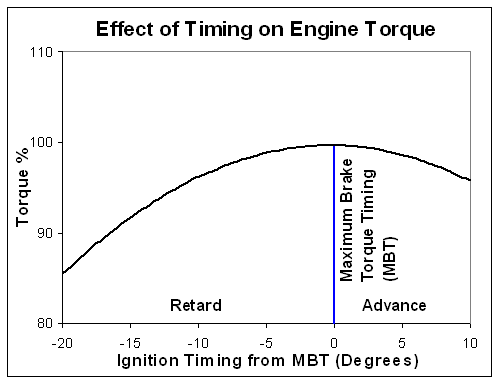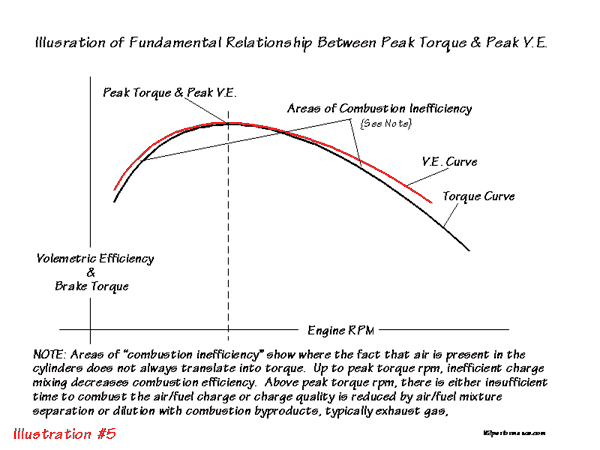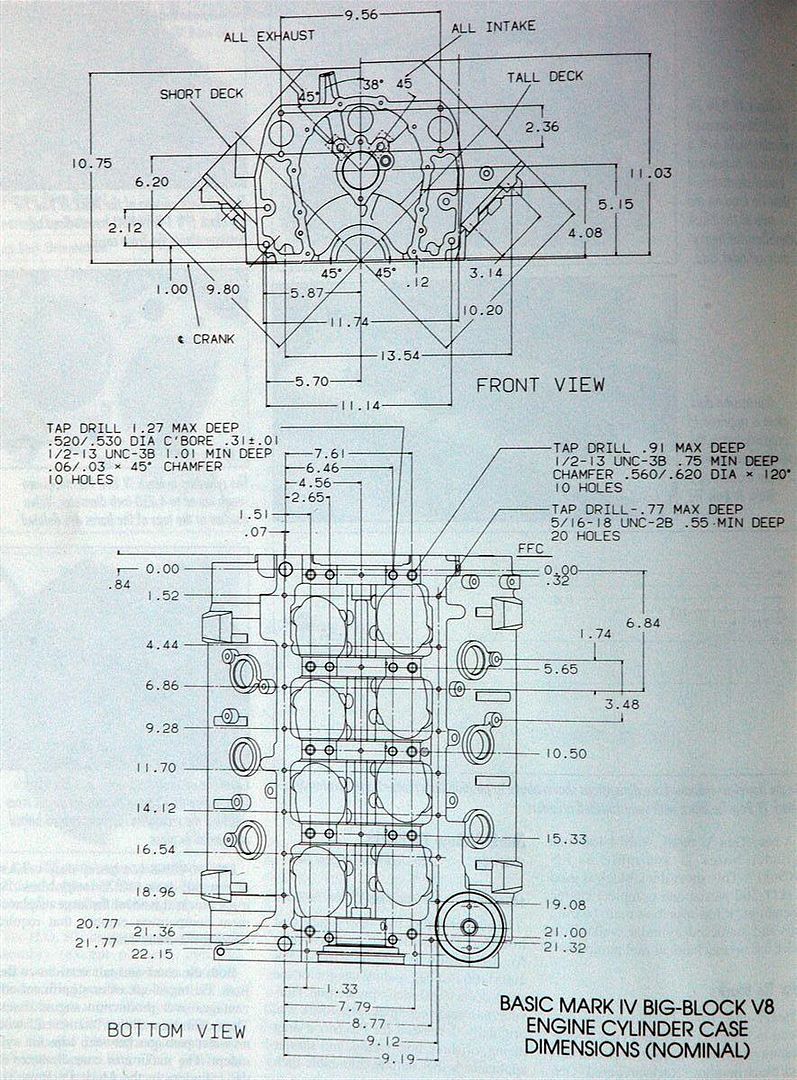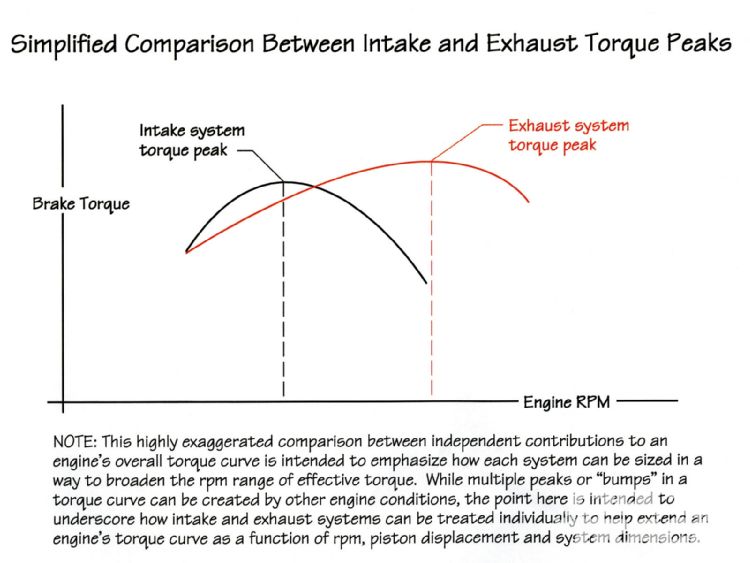the longest stroke crank that will normally fit the stock blocks "WITH CLEARANCE GRINDING REQUIRED" is the 4.375" stroke in my experience. and that requires steel rods contoured for minimal clearance work, aluminum rods being larger and requiring more clearance won,t generally work.
if you check around you'll find a few guys have managed to squeeze in a 4.5" stroker but several guys I know who have tried ruined blocks, youll generally find that a 4.25" stroke is all thats required in a OEM 454 block and longer strokes don,t really gain you much more than added expense and lower durability.
I see a few guys have successfully adapted turbo chargers to the 366 big block engines to produce impressive mid rpm torque, that might be an option
READ THIS
viewtopic.php?f=53&t=6430
personally IVE always preferred the tall deck blocks when building a 496 but IM in the minority, Ive used the scat 4340 forged crank rotating Assembly with 6.385" rods and 7/16" rod bolts ,
look thru the linked info theres a dozen or more good combos listed
CHEVY: Rotating Assemblies
CHEVY BIG BLOCK 4340 FORGED ROTATING ASSEMBLIES
CHEVY 454 BIG-BLOCK 2-PC REAR SEAL 454 MAIN, 4340 FORGED CRANKS, H-BEAM RODS WITH 7/16" CAP SCREWS, obviously gearing and compression heads,intakes etc. change your cam choice so talk to CRANE AND CROWER AND ERSON about your cam choice once your sure of those components
http://www.scatcrankshafts.com/
CI Crank Rod Piston Boresize Type 58cc 64cc 70cc Inclcrp Inclcrprb Compl
460 4-454-4000-6135 2-454-6135-2200 FORGED 4.280 FLAT 8.9 8.4 8.2 1-42005-1 1-42005 1-42005BE
460 4-454-4000-6135 2-454-6135-2200 PREMIUM FORGED 4.280 FLAT 8.9 8.4 8.2 1-42010-1 1-42010 1-42010BE
460 4-454-4000-6135 2-454-6135-2200 FORGED 4.280 DOME 13.7 12.8 11.9 1-42055-1 1-42055 1-42055BE
460 4-454-4000-6135 2-454-6135-2200 PREMIUM FORGED 4.280 DOME 13.7 12.8 11.9 1-42060-1 1-42060 1-42060BE
460 4-454-4000-6385 2-454-6385-2200 FORGED 4.280 FLAT 8.9 8.4 8.2 1-42105-1 1-42105 1-42105BI
460 4-454-4000-6385 2-454-6385-2200 PREMIUM FORGED 4.280 FLAT 8.9 8.4 8.2 1-42110-1 1-42110 1-42110BI
460 4-454-4000-6385 2-454-6385-2200 PREMIUM FORGED 4.280 DOME 14.0 12.7 11.7 1-42160-1 1-42160 1-42160BI
489 4-454-4250-6135 2-454-6135-2200 FORGED 4.280 FLAT 9.4 9.0 8.6 1-42255-1 1-42255 1-42255BE
489 4-454-4250-6135 2-454-6135-2200 PREMIUM FORGED 4.280 FLAT 9.4 9.0 8.6 1-42257-1 1-42257 1-42257BE
489 4-454-4250-6135 2-454-6135-2200 PREMIUM FORGED 4.280 DOME 10.5 10.0 9.5 1-42260-1 1-42260 1-42260BE
489 4-454-4250-6385 2-454-6385-2200 FORGED 4.280 FLAT 8.9 8.5 8.2 1-42305-1 1-42305 1-42305BI
489 4-454-4250-6385 2-454-6385-2200 PREMIUM FORGED 4.280 FLAT 9.4 9.0 8.6 1-42310-1 1-42310 1-42310BI
489 4-454-4250-6385 2-454-6385-2200 FORGED 4.280 DOME 10.8 10.2 9.7 1-42355-1 1-42355 1-42355BI
489 4-454-4250-6385 2-454-6385-2200 PREMIUM FORGED 4.280 DOME 10.7 10.2 9.7 1-42360-1 1-42360 1-42360BI
CHEVY 540 BIG-BLOCK 2-PC REAR SEAL, 9.780 SHORT DECK 454 MAIN, 4340 FORGED CRANKS, H-BEAM RODS WITH 7/16" CAP SCREWS
CI Crank Rod Piston Boresize Type 58cc 64cc 70cc Inclcrp Inclcrprb Compl
540 4-454-4250-6385 2-454-6385-2200 PREMIUM FORGED 4.500 FLAT 9.8 9.4 9.0 1-42370-1 1-42370 1-42370BI
540 4-454-4250-6385 2-454-6385-2200 PREMIUM FORGED 4.500 DISH 8.7 8.4 8.2 1-42375-1 1-42375 1-42375BI
540 4-454-4250-6385 2-454-6385-2200 PREMIUM FORGED 4.500 DOME 14.8 13.5 12.27 1-42380-1 1-42380 1-42380BI
CHEVY 454 BIG-BLOCK 2-PC REAR SEAL, 10.200 TALL DECK 454 MAIN, 4340 FORGED CRANKS, H-BEAM RODS WITH 7/16" CAP SCREWS
CI Crank Rod Piston Boresize Type 58cc 64cc 70cc Inclcrp Inclcrprb Compl
572 4-454-4500-6535 2-454-6535-2200 PREMIUM FORGED 4.500 FLAT 10.0 9.7 9.4 1-42385-1 1-42385 1-42385BI
572 4-454-4500-6535 2-454-6535-2200 PREMIUM FORGED 4.500 DISH 8.8 8.5 8.2 1-42390-1 1-42390 1-42390BI
572 4-454-4500-6535 2-454-6535-2200 PREMIUM FORGED 4.500 DOME 15.5 13.1 12.2 1-42392-1 1-42392 1-42392BI
572 4-454-4500-6535 2-454-6700-2200 PREMIUM FORGED 4.500 FLAT 10.0 9.7 9.4 1-42395-1 1-42395 1-42395BI
572 4-454-4500-6535 2-454-6700-2200 PREMIUM FORGED 4.500 DOME 15.5 13.1 12.2 1-42397-1 1-42397 1-42397BI
CHEVY 454 BIG-BLOCK 1-PC REAR SEAL 454 MAIN, 4340 FORGED CRANKS, H-BEAM RODS WITH 7/16" CAP SCREWS
CI Crank Rod Piston Boresize Type 58cc 64cc 70cc Inclcrp Inclcrprb Compl
489 4-454-4250-6385-L 2-454-6385-2200 FORGED 4.280 FLAT 8.7 8.4 8.0 1-42405-1 1-42405 1-42405BI
489 4-454-4250-6385-L 2-454-6385-2200 PREMIUM FORGED 4.280 FLAT 9.4 9.0 8.6 1-42410-1 1-42410 1-42410BI
489 4-454-4250-6135-L 2-454-6135-2200 FORGED 4.280 FLAT 9.4 9.0 8.6 1-42450-1 1-42450 1-42450BE
489 4-454-4250-6135-L 2-454-6135-2200 PREMIUM FORGED 4.280 FLAT 9.4 9.0 8.6 1-42452-1 1-42452 1-42452BE
489 4-454-4250-6135-L 2-454-6135-2200 PREMIUM FORGED 4.280 DOME 10.5 10.0 9.5 1-42454-1 1-42454 1-42454BE
489 4-454-4250-6385-L 2-454-6385-2200 FORGED 4.280 DOME 10.5 10.0 9.5 1-42455-1 1-42455 1-42455BI
489 4-454-4250-6385-L 2-454-6385-2200 PREMIUM FORGED 4.280 DOME 10.7 10.2 9.7 1-42460-1 1-42460 1-42460BI
540 4-454-4250-6385-L 2-454-6385-2200 PREMIUM FORGED 4.500 FLAT 10.2 9.8 9.4 1-42500-1 1-42500 1-42500BI
540 4-454-4250-6385-L 2-454-6385-2200 PREMIUM FORGED 4.500 DOME 10.8 10.3 9.9 1-42505-1 1-42505 1-42505BI
540 4-454-4250-6385-L 2-454-6385-2200 PREMIUM FORGED 4.500 DISH 9.8 9.4 9.0 1-42510-1 1-42510 1-42510BI
viewtopic.php?f=51&t=2692&p=14873&hilit=tall+deck#p14873
viewtopic.php?f=51&t=2692&p=8174&hilit=tall+deck#p8174
viewtopic.php?f=87&t=4380&p=11505&hilit=tall+deck#p11505
viewtopic.php?f=53&t=3893&p=10337&hilit=tall+deck#p10337
